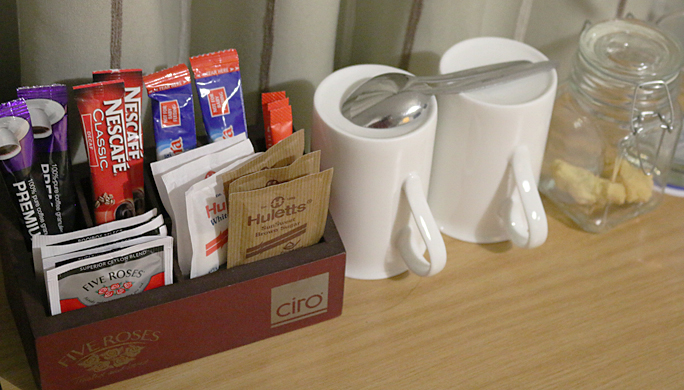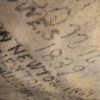“Coffee. Don’t drink the coffee on airplanes. It’s the same potable water that goes through the bathroom system”, according to this article pertaining to ten questions you always wanted to ask a flight attendant which supposedly reveals what an anonymous flight attendant told Justin Caffier of Vice. “We recently had a test for E. coli in our water and it didn’t pass, and then maintenance came on and hit a couple buttons and it passed. So, avoid any hot water or tea. Bottled and ice is fine, of course.”
Coffee is the Grossest Thing Aboard Airplanes — Besides the Lavatories?
Aside from the fact that the word potable means safe to drink, the water aboard airplanes — which is used in coffee by some airlines — is generally not safe to drink.
“Unless the source of the water used for hot drinks is either bottled or not from airplane itself — or, at least, is hot enough to have been boiled — it may not be completely safe to drink. Zach Bjornson — also known as FlyerTalk member T-wiz and the son of FlyerTalk member l’etoile — took samples of water from different commercial aircraft on a trip back in 2002 and used them as part of a science project at the age of 13 years old. His persistence and innovative results found — among other things — insect eggs that days later in the lab hatched into maggots; and The Wall Street Journal published his experiments and findings. I briefly revisited the potability of water aboard commercial aircraft in this short article posted on Friday, June 25, 2010 here at The Gate.”
If the team of people at a water disinfection company has it their way, water dispensed aboard airplanes will be considered completely potable due to the use of ultraviolet light disinfection technology and could render the use of bottled water served aboard many airplanes by flight attendants obsolete — which could potentially be good news for passengers who are thirsty but do not want to pay up to three dollars for water.
“It could work, but hasn’t been certified for efficacy yet”, according to Bjornson, who is an immunologist and microbiologist who earned his doctor of philosophy degree at Stanford University School of Medicine. “Disinfection is typically difficult. The tricky thing with UV is that normal bulbs have varying output and the output is not usually metered, so you can’t tell if they’re working easily. I’m not familiar with UV LEDs. I’m skeptical that enough UV radiation could be emitted for point-of-use; usually contact time with UV radiation is minutes I think. We would need to see more info from the vendor.”
Summary
Also included in the article pertaining to ten questions you always wanted to ask a flight attendant are revelations of the best way to get seat upgrades and other freebies — as well as what is the worst part of the job of being a flight attendant. For some reason, I personally doubt the veracity of the information of that article; but if you have been a reader of The Gate for a long time, you already knew about avoiding the consumption of anything containing water aboard an airplane unless the water came from a bottle.
Before you do order coffee or tea — or anything else containing while aboard an airplane, you may want to first ensure that bottled water is being used instead of water from the system of the aircraft…
…but I do agree with one item in that article: lavatories can be the grosses places aboard airplanes — especially on transoceanic and other long-haul flights.
If you are wondering why the photograph at the top of this article shows coffee mugs in a hotel room instead of aboard an airplane, that is because you may not want to drink out of them or glasses due to the way they are “cleaned”; and in addition, the coffee maker is supposedly one of the six germ “hot spots” in your hotel room.
Photograph ©2015 by Brian Cohen.

